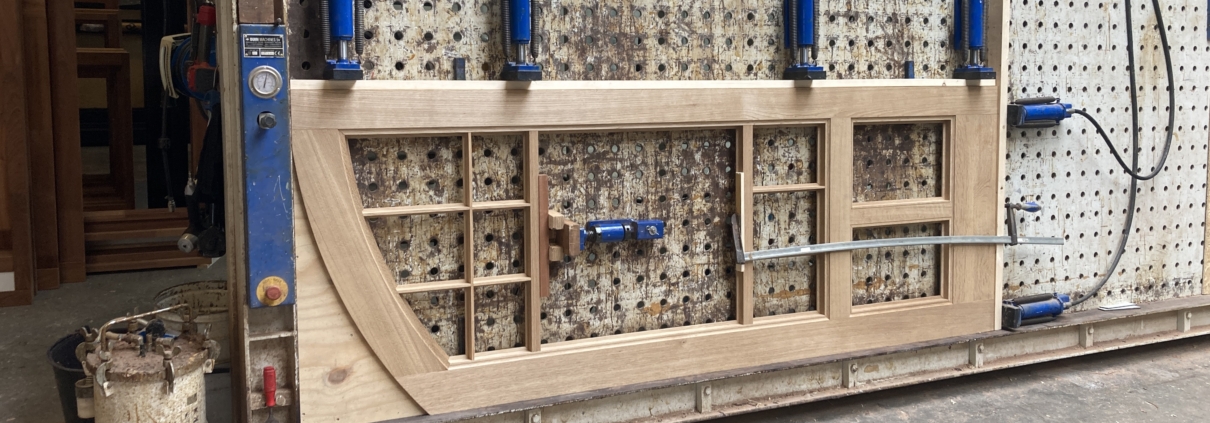Haarlem station opens new doors for 2025
Commissioned by NS and ProRail, two new entrance doors were installed at Haarlem station just before the holidays. The doors have been carefully reconstructed according to the original design. In total, there will be five new entrance doors, the remaining three doors will be installed in the new year by contractor GeelRonitz.
With these good intentions, Haarlem station will once again have an entrance that matches the architecture of the monument.

















